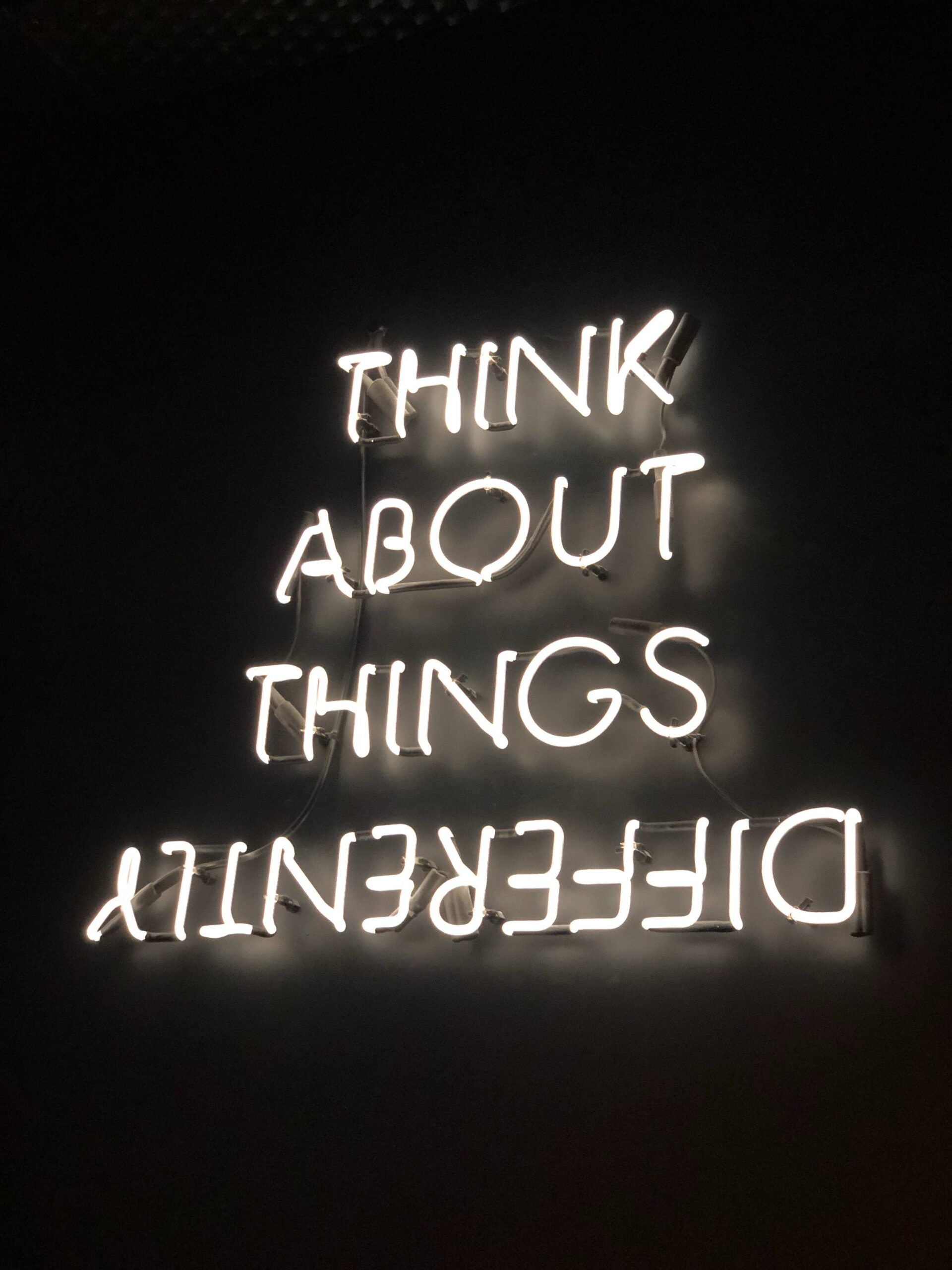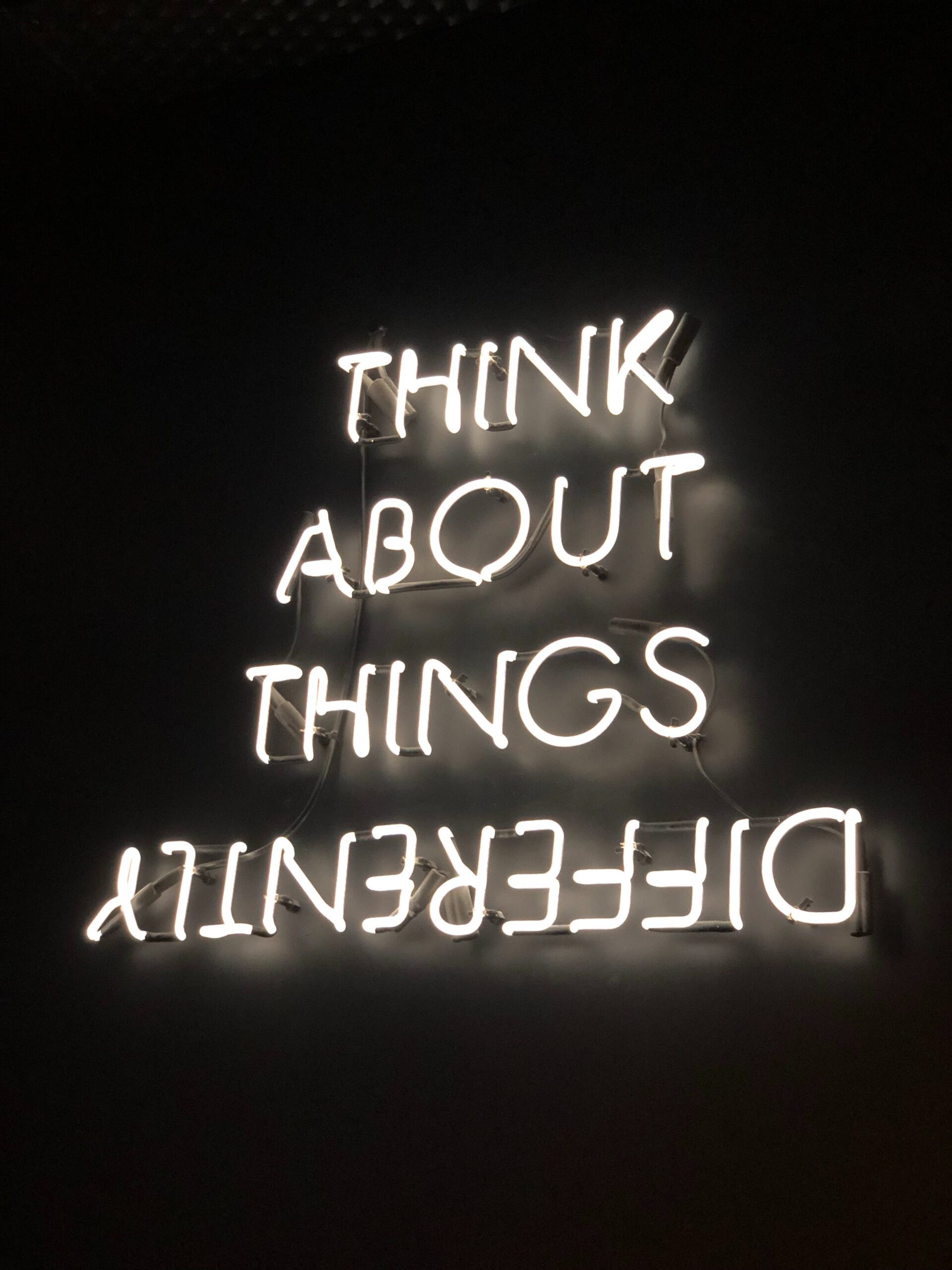Hey there! Have you ever wondered about the power of decentralized finance (DeFi) and its potential to revolutionize the way we handle cryptocurrencies? Well, let me introduce you to Ren (REN), a blockchain protocol that aims to bridge the gap between different blockchain networks. Ren (REN) focuses on enabling interoperability, allowing seamless cross-chain transactions and unlocking countless possibilities for the future of DeFi. In this article, we’ll explore what Ren (REN) is all about and how it plays a pivotal role in the ever-evolving world of decentralized finance. So buckle up and get ready to dive into the fascinating world of Ren (REN)!

What is Ren (REN)?
Introduction to Ren
Ren is a blockchain-based project that aims to solve the interoperability problem faced by different blockchain networks. It acts as a protocol for the transfer of assets between blockchains and helps in building decentralized applications (DApps) that can seamlessly interact with multiple blockchain platforms. By enabling cross-chain interoperability, Ren opens up a world of possibilities for developers, users, and the entire blockchain ecosystem.
Background of Ren
Ren was founded in 2017 by Taiyang Zhang and Loong Wang, with the vision of creating a more connected and inclusive blockchain ecosystem. They noticed the growing need for interoperability solutions as more and more blockchains emerged, each with its own set of features and functionalities. With a team of experienced developers and advisors, Ren set out to tackle this challenge by building a decentralized network that could bridge the gap between different blockchains.
What is Ren (REN) Token?
The Ren project operates on its native token called REN. REN is an ERC-20 token that acts as the fuel for the Ren ecosystem. It is used for various purposes like network fees, staking, governance, and incentivizing participants. The REN token plays a crucial role in maintaining the security and scalability of the Ren protocol.
Ren Team and Development
Ren boasts a talented and diverse team of developers, blockchain engineers, and industry experts. Led by the co-founders Taiyang Zhang and Loong Wang, the team is passionate about solving the interoperability problem and creating a seamless experience for blockchain users. With a strong focus on research and development, the Ren team continuously works to improve the protocol and ensure its compatibility with the latest advancements in blockchain technology.
Ren’s Mission and Goals
Ren’s mission is to enable the free flow of assets across different blockchain networks. The project aims to break down the barriers between blockchains, allowing users to easily transfer and interact with assets regardless of their underlying blockchain. By achieving this vision, Ren aims to foster innovation, enhance user experience, and drive mainstream adoption of blockchain technology.
Technical Aspects of Ren
RenVM: Virtual Machine for Decentralized Applications
RenVM is the cornerstone of the Ren project. It is a Virtual Machine (VM) that runs on the Ren network and acts as a decentralized intermediary between blockchains. RenVM allows users to create wrapped representations of their assets on a particular blockchain, enabling these assets to be securely transferred and utilized on other blockchains. This opens up a whole new world of possibilities for developers, who can now build DApps that can seamlessly interact with different blockchain networks.
Darknode: Ren’s Decentralized Network
Darknode is the backbone of the Ren network. It is a collection of nodes operated by participants who play a vital role in maintaining the security and integrity of the network. Darknodes provide the computing power required to execute decentralized computations on RenVM, ensuring the accuracy and efficiency of asset transfers between blockchains.
Bridge: Enabling Cross-Chain Interoperability
The Bridge is the key component that enables interoperability between different blockchains. It acts as a secure gateway for assets to move between blockchain networks. The Bridge ensures that assets are securely locked on one blockchain while equivalent representations are created on the target blockchain. This allows assets to retain their value and functionality across blockchains, opening up new possibilities for cross-chain applications.
Ren Protocol: Securing and Scaling Decentralized Finance
The Ren Protocol is designed to address the security and scalability challenges faced by decentralized finance (DeFi) applications. By leveraging RenVM and the Bridge, the Ren Protocol enables the seamless transfer of assets between different DeFi platforms. This not only enhances the liquidity and efficiency of the DeFi ecosystem but also eliminates the need for centralized exchanges, reducing counterparty risk and increasing user privacy.
Use Cases and Applications
Connecting Blockchains and Liquidity
Ren’s cross-chain interoperability solution has significant implications for connecting different blockchain networks and enhancing liquidity. With Ren, users can transfer assets between blockchains, unlocking new opportunities for arbitrage and market-making strategies. This enables the efficient allocation of assets and enhances the overall liquidity of the blockchain ecosystem.
Privacy and Anonymity in Transactions
One of the key advantages of Ren is its focus on privacy and anonymity in asset transfers. By utilizing cryptographic techniques such as zero-knowledge proofs, Ren ensures that sensitive information, such as transaction details and asset ownership, remains confidential. This privacy feature is crucial for individuals and businesses looking to protect their financial activities while engaging in blockchain transactions.
Decentralized Finance (DeFi) Integration
Ren’s interoperability solution is particularly relevant in the context of decentralized finance (DeFi). DeFi protocols often operate on different blockchains, making it challenging for users to seamlessly move assets between them. With Ren, DeFi platforms can be integrated, allowing users to access a broader range of financial services and leverage the benefits of multiple protocols simultaneously.
Cross-Chain Asset Management
Asset management is made more efficient with Ren’s cross-chain capabilities. Users can manage a diversified portfolio of assets across different blockchains, benefiting from the unique features and opportunities offered by each blockchain. This enables users to optimize their asset allocation and access a wider range of investment opportunities, ultimately enhancing their financial outcomes.
REN Token and Ecosystem
Utility and Functions of REN Token
The REN token serves as the utility token within the Ren ecosystem. It plays a crucial role in various network functions, including staking, governance, and incentivization. REN holders can stake their tokens to become Darknodes, earning rewards for securing the network and processing transactions. Additionally, REN token holders have a say in the governance of the protocol, participating in decisions related to network upgrades and parameter changes.
Token Economics and Distribution
The REN token has a capped supply of 1 billion tokens. The initial distribution of tokens took place through a token sale, seed rounds, and strategic partnerships. The distribution ensures decentralization of the token and prevents excessive concentration of tokens in the hands of a few entities. As the network grows and evolves, additional tokens may be minted or burned based on the needs of the ecosystem.
REN Token Staking and Governance
REN token holders have the opportunity to stake their tokens and become Darknodes, actively participating in securing and maintaining the Ren network. By staking REN tokens, holders contribute to the overall security and performance of the network and are rewarded in return. Additionally, REN token holders can participate in governance proposals, influencing the future direction of the protocol and ensuring its alignment with the community’s interests.
Partnerships and Integrations
Ren has established partnerships and integrations with various blockchain projects and major players in the crypto industry. Through collaborations, Ren aims to leverage the strengths of existing platforms and amplify the interoperability benefits that Ren offers. Partnerships help expand the Ren ecosystem, drive adoption, and enhance the overall utility of the REN token.

REN in the Market
Historical Performance and Price Analysis
The historical performance of REN has been impressive, with the token experiencing significant growth since its launch. However, it is important to note that cryptocurrency markets are highly volatile, and past performance does not guarantee future results. Investors should conduct thorough research and analysis before making any investment decisions.
Market Capitalization and Trading Volume
REN has gained considerable market capitalization since its inception. The increasing popularity of the Ren protocol and its cross-chain interoperability solution have contributed to the growing demand for REN tokens. The trading volume of REN tokens indicates the level of market activity and liquidity, providing insights into investor sentiment and the overall market interest in the project.
REN’s Position in the Crypto Market
REN has established itself as a prominent player in the blockchain interoperability space. Its unique approach to cross-chain asset transfers and its growing ecosystem make it an attractive choice for developers and users alike. With the increasing adoption of blockchain technology and the demand for interoperability solutions, REN is well-positioned to capitalize on the growing market opportunities.
Investment and Trading Opportunities
REN tokens offer investment and trading opportunities for individuals looking to capitalize on the potential of the Ren ecosystem. As the demand for cross-chain interoperability solutions increases, the value and utility of REN tokens are likely to grow. However, it is important to note that investing in cryptocurrencies carries risks, and individuals should carefully evaluate their investment goals and risk tolerance before getting involved.
Community and Adoption
REN Community and Social Channels
Ren has a vibrant and active community of supporters and enthusiasts. The community actively engages in discussions, shares insights, and provides feedback on various social channels, including Telegram, Reddit, and Twitter. These channels serve as a platform for community members to connect, collaborate, and stay updated on the latest developments and announcements related to the Ren project.
Developer Engagement and Support
Ren actively encourages developer engagement by providing resources, tools, and support for building on its platform. The project offers developer documentation, tutorials, and grants to encourage the creation of innovative applications and solutions that leverage the power of cross-chain interoperability. The developer community plays a critical role in driving adoption and pushing the boundaries of what is possible with Ren.
REN’s Adoption by Major Players
Ren’s interoperability solution has garnered the attention of major players in the blockchain industry. Ren has established partnerships and collaborations with projects like Polkadot, Ethereum, and Orbs, among others, to further enhance cross-chain compatibility. The adoption of Ren’s technology by these industry leaders validates the project’s vision and its potential to revolutionize the way assets are transferred and utilized across blockchain networks.
Collaborations and Ecosystem Expansion
Ren continues to actively seek collaborations and expand its ecosystem. By collaborating with blockchain projects, platforms, and DeFi protocols, Ren aims to accelerate the adoption of its cross-chain interoperability solution. These collaborations not only benefit Ren by expanding its user base but also contribute to the growth and development of the broader blockchain ecosystem.

Challenges and Future Outlook
Competitors in Cross-Chain Solutions
Ren operates in a competitive landscape, with several projects aiming to solve the interoperability challenge. Projects like Cosmos, Polkadot, and Aion offer their own solutions for cross-chain asset transfers. As the market evolves, Ren will need to differentiate its offering and continuously innovate to maintain its competitive edge.
Regulatory and Compliance Considerations
The blockchain industry is subject to evolving regulatory frameworks, which may impact the adoption and usage of Ren’s technology. Compliance with regulatory requirements is crucial for the long-term success of the project. Ren must navigate these challenges by working closely with regulatory bodies and ensuring that its solutions align with the legal and compliance standards of various jurisdictions.
Technical Scalability and Network Security
As Ren’s ecosystem grows, it will face challenges related to scalability and network security. Ensuring the robustness of the RenVM, maintaining optimal network performance, and preventing potential attacks are critical to its success. Ren will need to continuously invest in research and development to address these technical challenges and provide a secure and scalable solution for cross-chain interoperability.
Future Roadmap and Innovations
Ren’s future roadmap includes several key milestones and innovations. The team is actively working on improving the performance and functionality of RenVM, expanding the list of supported blockchains, and enhancing user experience. Ren’s commitment to research and development ensures that the project remains at the forefront of cross-chain interoperability solutions and continues to drive innovation in the blockchain industry.
Benefits and Advantages of Ren
Enhanced Interoperability across Blockchains
Ren’s interoperability solution enhances the connectivity between different blockchains, enabling seamless asset transfers and interactions. This connectivity supports the development of innovative applications and unlocks new opportunities for users, developers, and businesses operating in the blockchain space.
Increased Privacy and Confidentiality
Ren prioritizes privacy and confidentiality in asset transfers. By utilizing cryptographic techniques, Ren ensures that sensitive information relating to transactions and asset ownership remains confidential. This provides users with a higher level of privacy and confidentiality, a critical consideration in the blockchain ecosystem.
Reduced Dependency on Centralized Exchanges
By enabling cross-chain asset transfers, Ren reduces the dependency on centralized exchanges for liquidity and asset transfers. Users can securely and efficiently move assets between blockchains without relying on centralized intermediaries, thereby reducing counterparty risk and increasing user control over their assets.
Efficient and Secure Decentralized Finance (DeFi)
Ren’s interoperability solution is particularly beneficial for the DeFi space. It allows for seamless integration of various DeFi platforms, enhancing liquidity and efficiency in the ecosystem. By leveraging Ren, users can access a broader range of financial services and optimize their asset allocation, leading to more efficient and secure DeFi experiences.

Potential Risks and Limitations
Smart Contract Vulnerabilities
Like any blockchain project, Ren faces the risk of smart contract vulnerabilities. Exploitable bugs or vulnerabilities in smart contracts can lead to potential security breaches and loss of user funds. The Ren team must continuously audit and test its smart contracts to ensure their robustness and protect against potential hacks.
Market Volatility and Price Fluctuations
REN, like other cryptocurrencies, is subject to market volatility and price fluctuations. The value of REN tokens can change rapidly, sometimes experiencing significant price swings in short periods. Investors should be aware of the risks associated with price volatility and consider their risk tolerance before engaging in REN token trading or investment.
Regulatory and Legal Compliance Risks
As mentioned earlier, the regulatory landscape for cryptocurrencies and blockchain technology remains uncertain and subject to change. Ren must navigate these regulatory risks and ensure compliance with relevant laws and regulations. Failure to do so may impact the adoption and usage of Ren’s solutions, potentially hindering its growth and success.
Dependence on External Networks and Oracles
Ren’s interoperability relies on external networks and oracles to support the transfer and verification of assets. Any disruption or compromise in these external networks or oracles could affect the functioning and security of the Ren protocol. The project must carefully select and vet external partners to ensure the reliability and integrity of these critical components.
Conclusion
In conclusion, Ren (REN) offers a powerful solution to the interoperability challenges faced by blockchain networks. Through its versatile RenVM, decentralized Darknode network, and secure Bridge, Ren enables seamless cross-chain asset transfers and opens up a world of possibilities for developers, users, and businesses in the blockchain ecosystem. With its strong team, clear mission, and innovative approach, Ren is poised to play a significant role in shaping the future of blockchain interoperability. Investors and users alike should carefully evaluate the potential of Ren and consider its benefits, risks, and overall market outlook before engaging with the project. Ren has the potential to revolutionize the blockchain industry and drive the widespread adoption of decentralized applications and finance.


